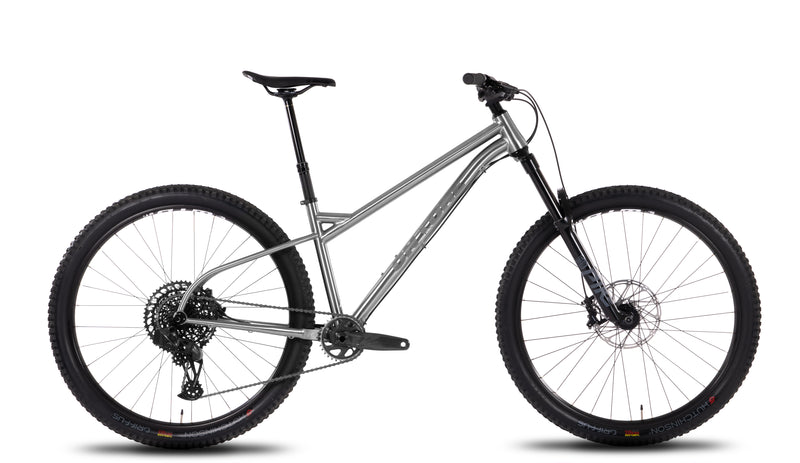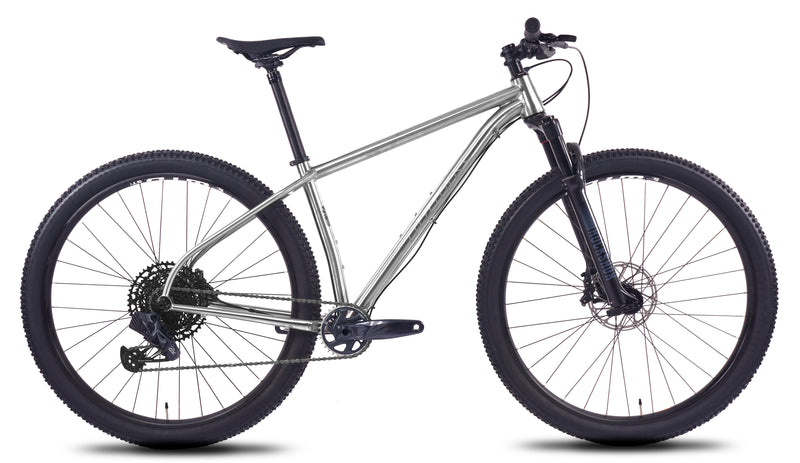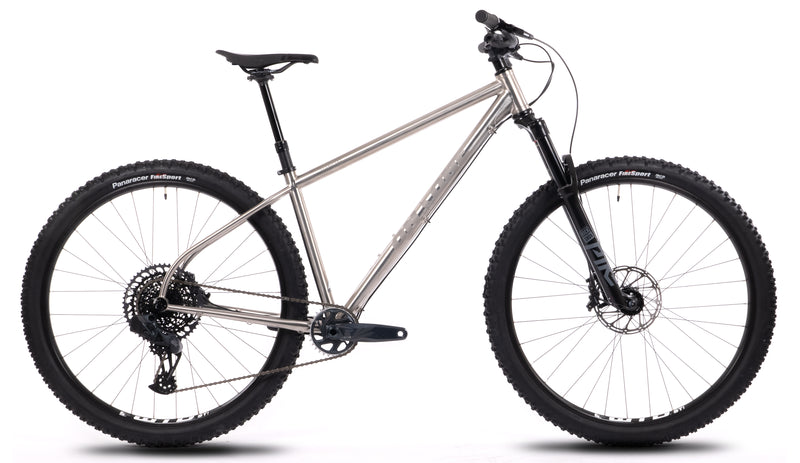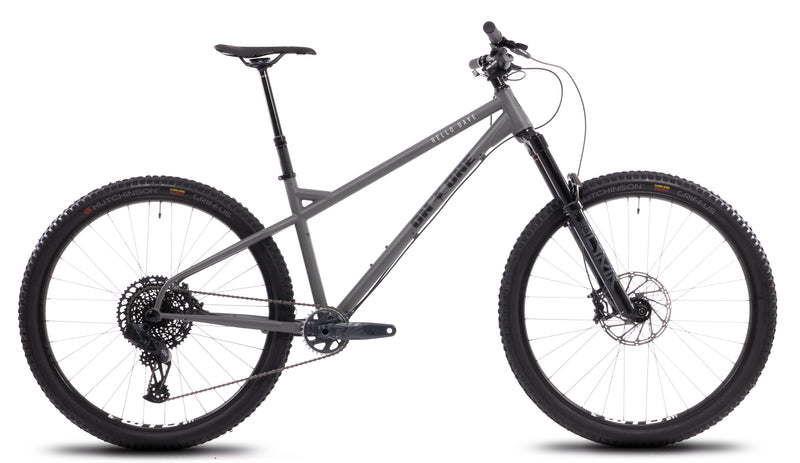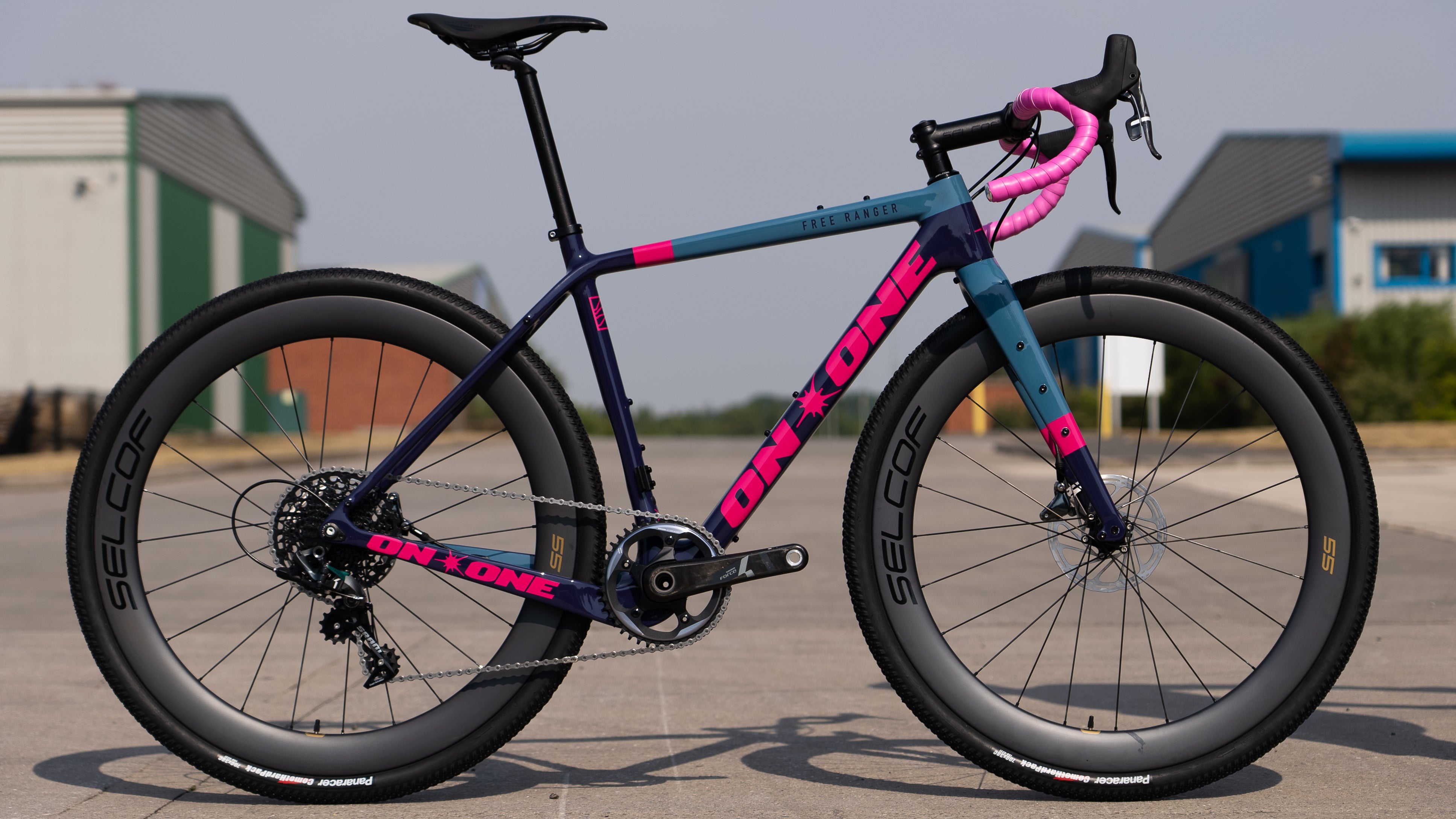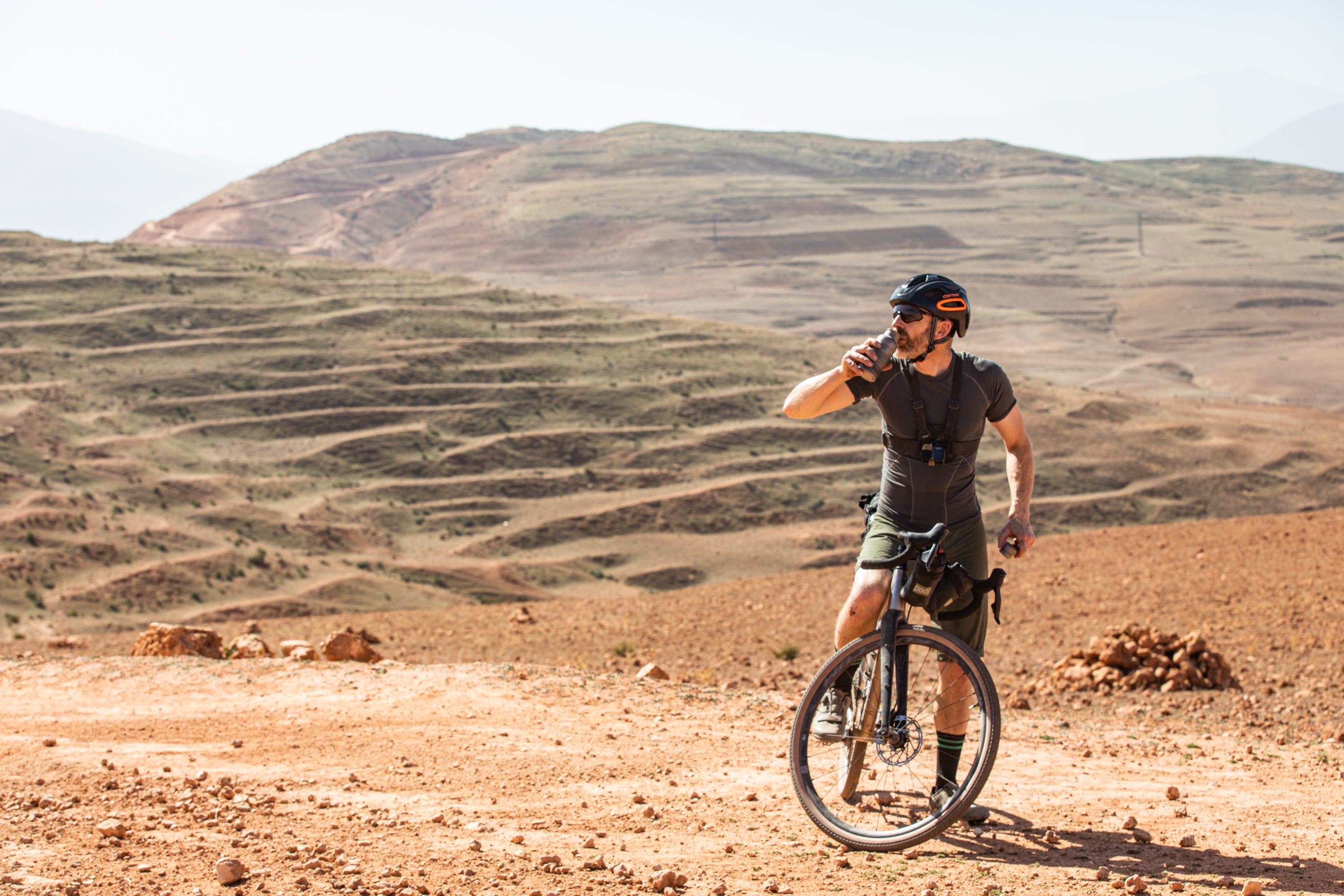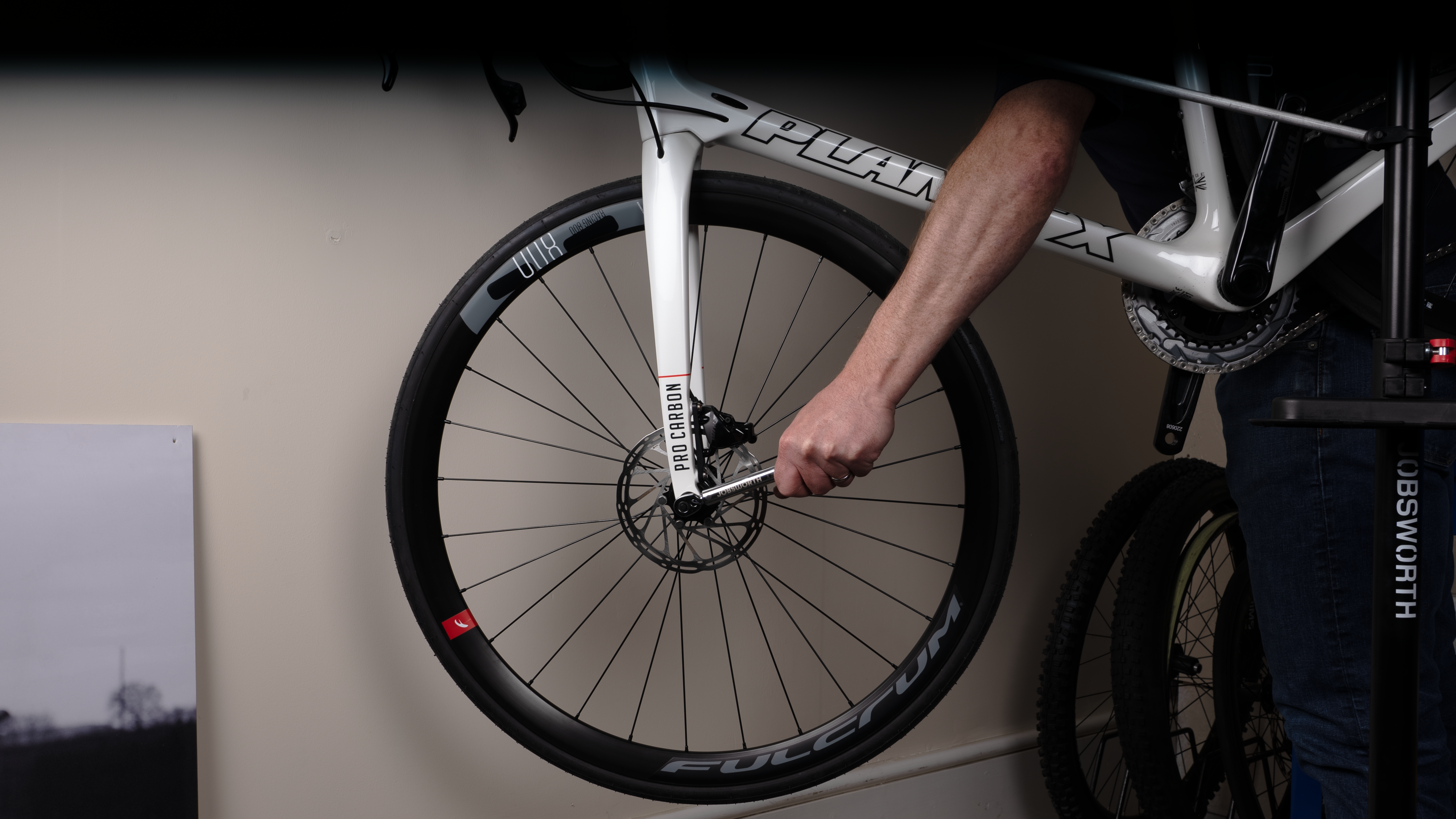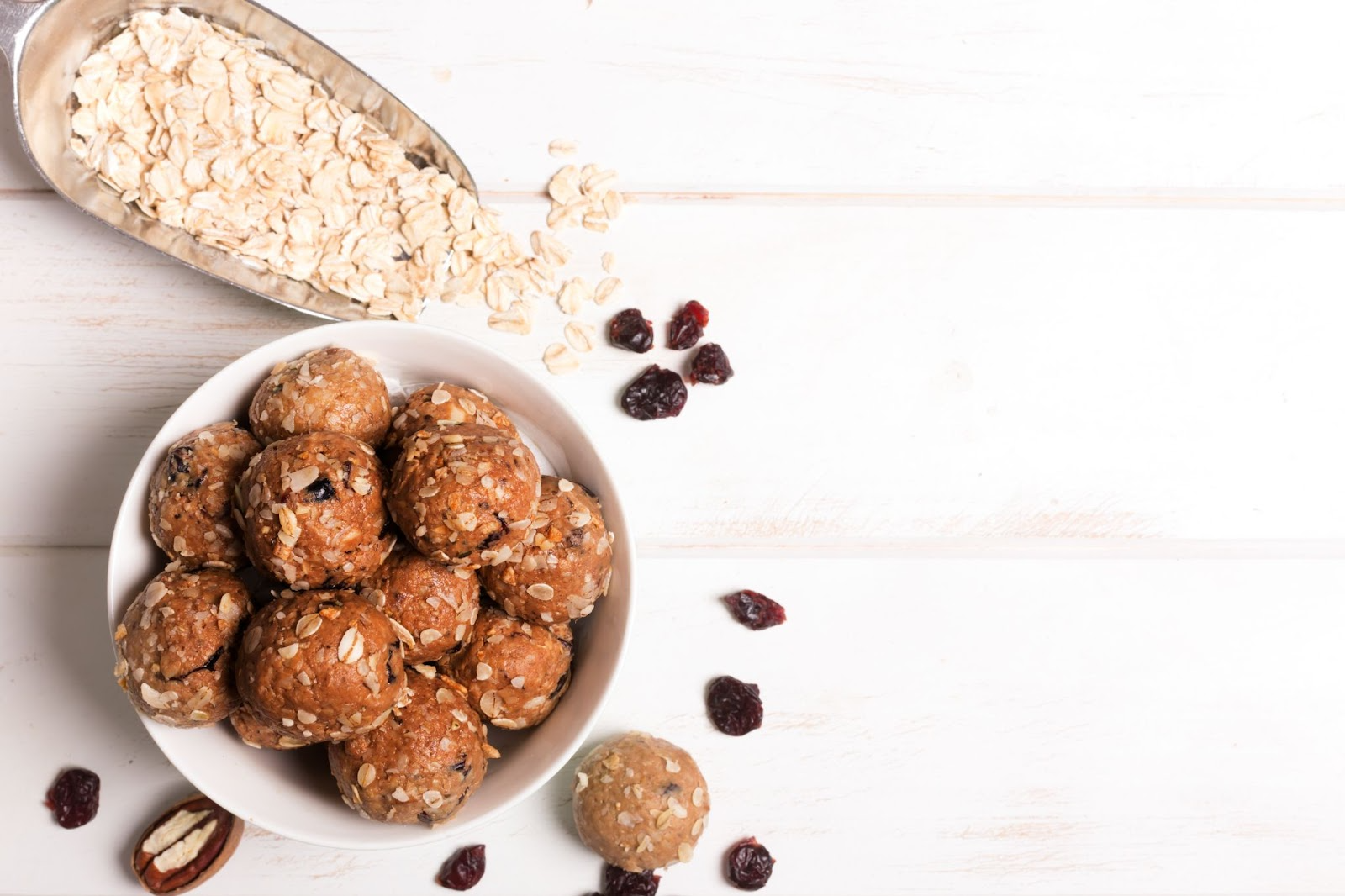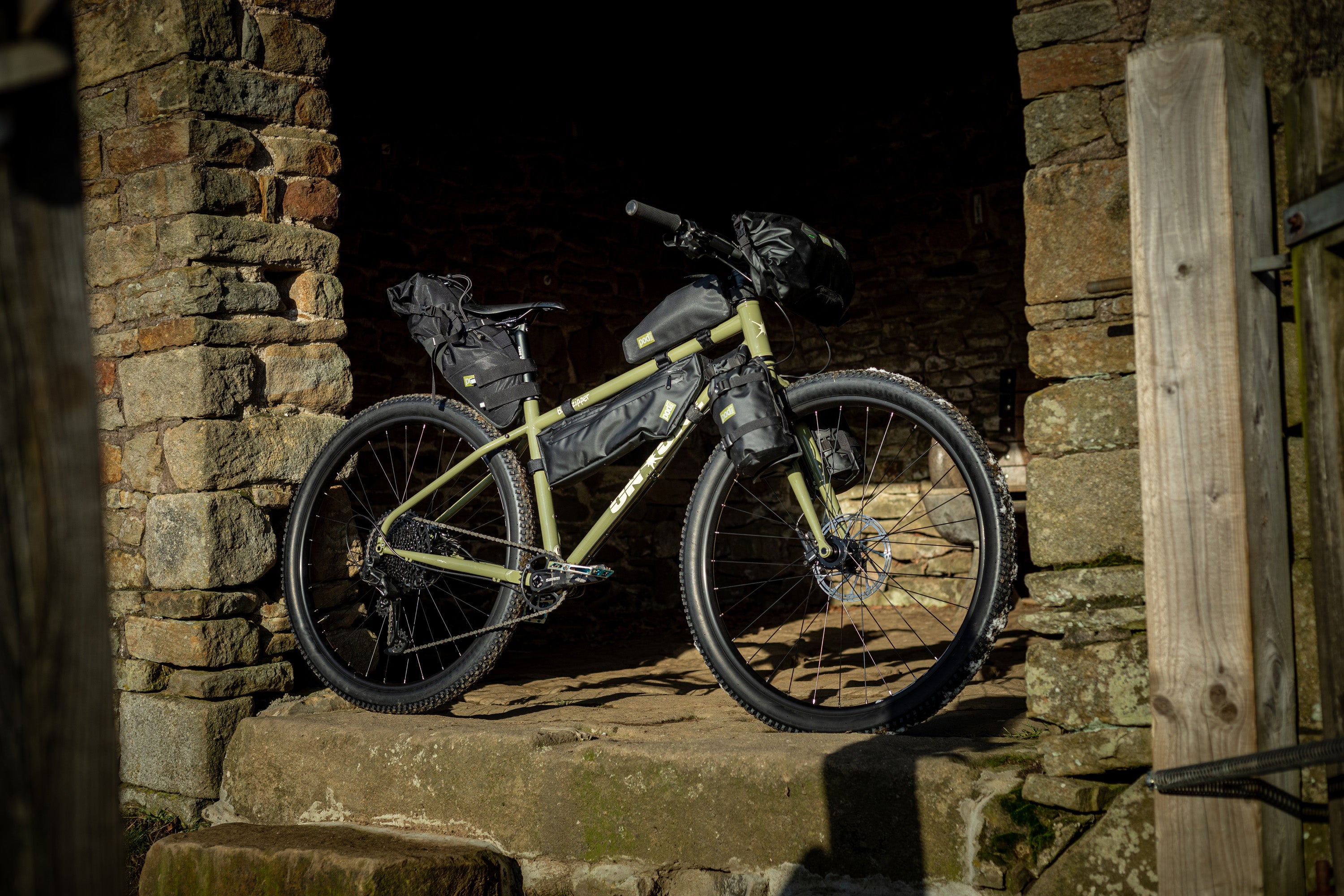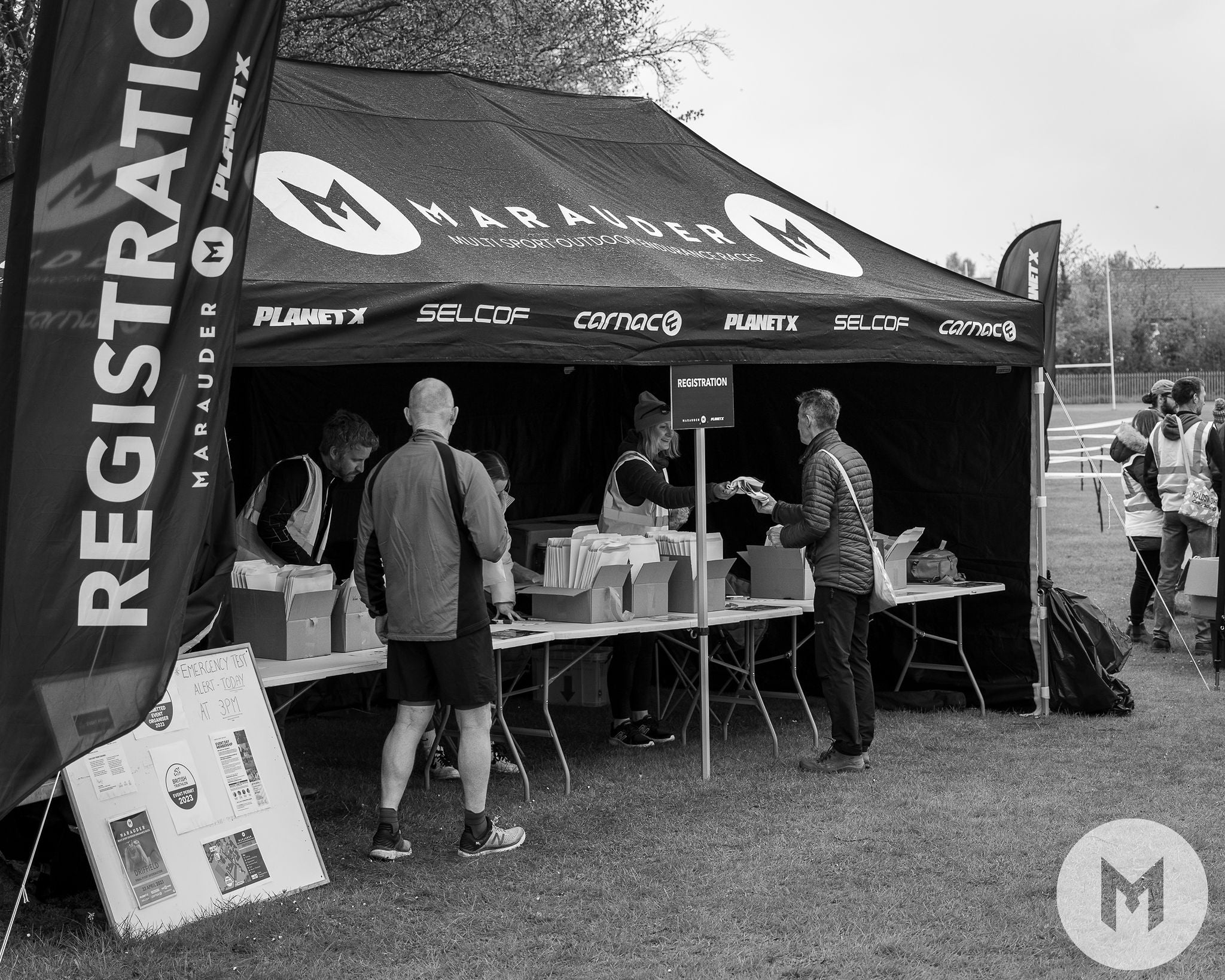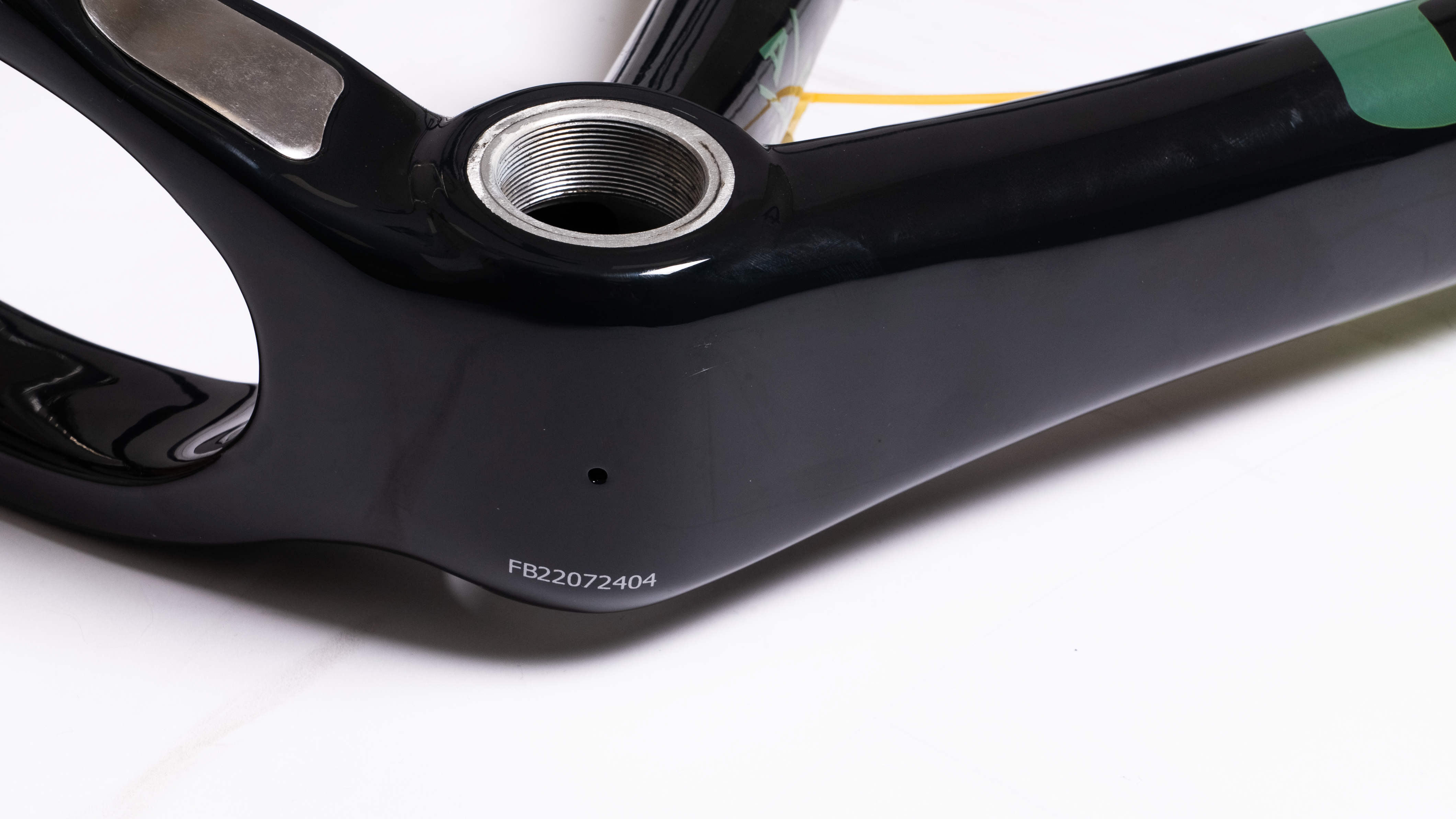Why is my cycling not improving?
20 February 2023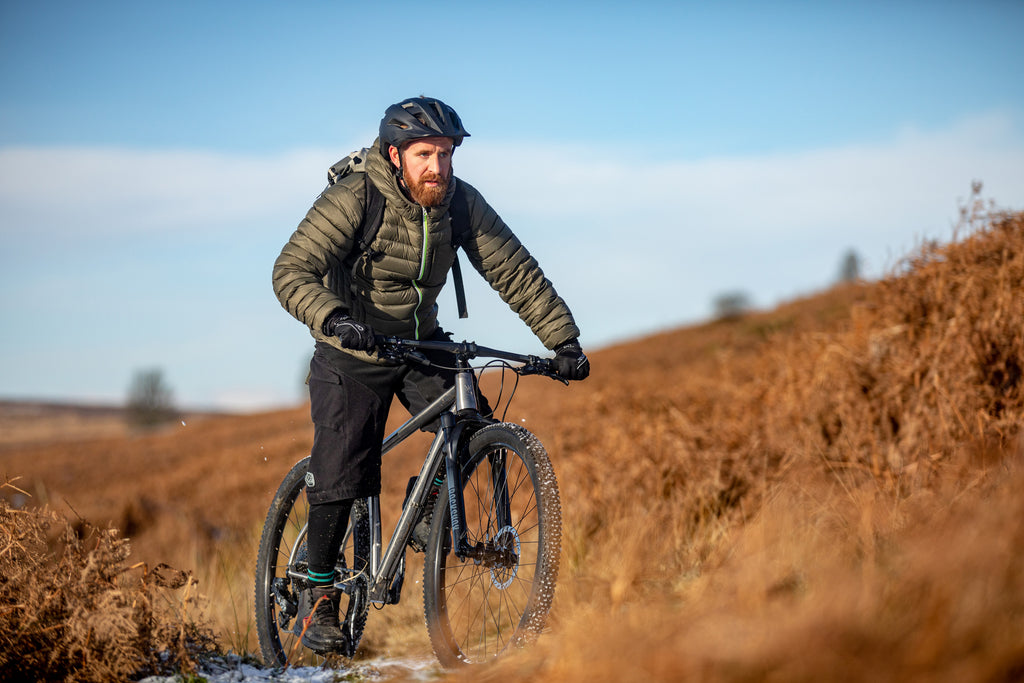

If you’re a keen cyclist who’s eager to improve, it can be demotivating to watch your progress grind to a halt, especially if you feel like you’re doing everything right. The truth is, improving your cycling isn’t as simple as just putting more effort into your pedalling - and there are any number of things that could be holding you back.
So what can you do to get your progress back on track? We recommend a thorough examination of what you’re currently doing and the results in order to find out what your next steps should be.
Troubleshooting your ride
Although it might sound technical, troubleshooting your cycling is actually a very simple process. In essence, it just means methodically examining each and every aspect of your ride to make sure nothing is amiss or awry. However, it can be hard to remember all the things you should consider. To help, we’ve listed 11 things that might be causing your cycling progress to plateau.
Not enough practice
If your training schedule is more of a training idea, it could be that you’re simply not getting enough practice in the saddle. Like anything else, proper cycling is a skill that needs to be learned. While you might notice things improving quickly when you first begin cycling, your progress will naturally plateau as the skills you’re trying to master become harder.
The answer? Try to commit more time to cycling as regularly as you can. Heading out for short rides before or after work can be a great way to add more miles to your training - and don’t forget to take advantage of weekends, Bank Holidays and days off. Why not set yourself person targets to hit, make sure you push yourself but also ensure they're achievable. Another great way to motivate yourself into more practice is by using apps like Strava where you can interact with others in the cycling community.
Top tip! Prepare a to-go bag of cycling gear so you won’t have to faff about looking for your water bottle before heading out.
No recovery time
Although it might sound counterintuitive, one thing that will help you get better at cycling is to stop cycling - at least for a little while. When you’ve been training hard for days on end and getting nowhere, it could mean that what you really need is a break. Taking rest days allows your body to recover from the work you’ve been putting in. After your break, you’ll likely come back refreshed and ready to go - and your cycling just might improve at the same time.
When it comes to improving your cycling performance and fitness as a whole, listening to your body is key. Your body knows better than anyone when you’ve reached your limits, so don’t push past them. If you do, you could risk burning out, which means a longer recovery time and potentially even losing sight of why you love cycling in the first place. While it’s important to push yourself and strive for improvement, there’s no sense in injuring yourself to do it.
Signs you need a rest day include:
-An elevated resting heart rate - meaning your body's working overtime to help you recover
-Disturbances to your sleep schedule - due to an overstimulated nervous system caused by overtraining
-Emotional and mental fatigue
-Minor illnesses and sickness
-Constant muscle soreness
If you’re noticing any of these signs, it’s time to take a rest day and see how much better you feel afterwards.
Poor technique
If you’re putting lots of effort into cycling, but not getting the results you want, it might not be the quantity of effort that’s the problem. To put it another way, it may be that the issue lies not in how much you’re cycling, but how you’re doing it. Cycling techniques - such as pedalling efficiency, aero positioning, bike handling and more - can be the difference between cycling for fun and cycling for progress.
There are lots of different aspects to good cycling technique, so it’s best to compare what you’re currently doing to pro cyclists. If you have access to a cycling coach, even better! Things to watch out for include:
-Inefficient use of gears
-Wasting energy - for example by bobbing in the saddle
-Riding with your knees pointing outwards
-Pedalling inefficiently
Wrong type of bike
Different bikes are specialised towards different cycling disciplines, and although there are some bikes which can handle multiple types of cycling, that doesn’t mean they’re always the best bike for the job. While it may seem like a wrench to leave behind your old bike, choosing one that is designed for the type of cycling you’re now doing can make all the difference and give you back your edge.
Gravel bikes can be great all-rounders for those who aren’t sure about what type of cycling they want to do, but being the best of both worlds inevitably means sacrifices will have to be made. If you find yourself preferring road cycling, it may be time to get yourself a dedicated road bike - and the reverse is true for mountain bikers.
Your bike doesn’t fit you
Bikes aren’t one size fits all, and if you’re constantly feeling like you’re overreaching for the handlebars or to touch the floor while standing over your bike, that’s a clear sign that your bike just isn’t the right size for you. As well as affecting your performance, riding the wrong size of bike can make you more susceptible to injuries and aches, so it’s a good idea to switch to a more suitable size as soon as you can.
It’s important to bear in mind that some aspects of your bike can be adjusted to better fit you. These include the saddle height and the height of the handlebars, and tweaking these can make all the difference to your riding experience. If you’re buying a bike and you’re not sure whether it’s the right fit for you, ask an expert member of staff to help you.
Lack of maintenance
Even the best bike in the world can’t run forever without being properly cleaned and maintained. Think of it as a trade off - look after your bike and your bike will look after you. That means never leaving your bike muddy, always remembering to lubricate your bike chain, and performing regular checks to ensure all parts are working as they should. At a bare minimum, you should give your bike a visual inspection after every ride, and examine components more closely every time you clean it. And remember, never leave important checks until the night before a big ride or race - that’s just asking for a problem to arise.
Ignoring diet and nutrition
‘You are what you eat,’ or so the popular saying goes, and while it’s not a literal fact it is a good reminder that you should take note of what you’re putting into your body. When you race, you’re asking your body to put out the maximum performance so you can come out on top - so why are you not returning the favour by correctly fueling your body beforehand?
It’s fine to indulge yourself every now and then, but it’s worth bearing in mind that your health and nutrition before and during a race can have a huge impact on your performance. This means matching the carbs you consume to the intensity of your ride. Simple carbohydrates like those in energy gels are released quickly over a short period of time, so they’re ideal for high intensity races. For a more leisurely paced ride, you’ll want a slower release of energy, so stick to complex carbs beforehand - think pasta, potatoes or bread.
It’s also important to eat a balanced meal as soon as two hours after your ride, as this helps your body to recover quicker and build muscle. Try a meal with protein, complex carbs and healthy fats - and don’t forget to stay hydrated.
Vague training
A certain amount of all-round fitness and training is a good idea, but there is a limit to that. If you want to make a change to your performance, you need to take note of your weaknesses and specifically target them in training sessions and rides to try and overcome those barriers to success.
Identifying your weaknesses can be difficult, especially if you’re riding alone with no one to point out mistakes, but it’s not impossible. The next time you ride or race, pay attention to what feels most difficult. For example, it might be steep hills, or repetitive up-down stretches, or even just long rides in general. This will give you an idea of where you need to improve - and if you’re struggling for training ideas, there is plenty of good advice online to get you started.
Following other people’s regimes
It can be hugely motivating to see other cyclists achieving their goals and being successful with documented training plans and techniques that you can try at home. However, it’s important to keep in mind that what works for one person might not work for you - especially if that person is a trained pro and you don’t have the time or resources to keep up with them. Remember, you are the one who is trying to improve, so you should be doing whatever you need to do - not what everyone else says worked well for them. It’s good to experiment with new training plans or workouts, but if it’s not working for you, ditch it.
Not pushing yourself
It’s a simple fact of life that training isn’t always fun. While you shouldn’t be injuring yourself in the process, you have to accept a degree of discomfort if you’re going to improve as a cyclist. It’s not easy, but with enough determination, it is possible. Remember, motivation is temporary, so you can’t rely on it. If you really want to progress as a cyclist, you need to push yourself even when you don’t really feel like it - and don’t let anything as common as a rainy day stand in your path.
But remember, not all training has to look the same - great cyclists often train through other sports such as running, lifting weights and HIIT. If bad weather is putting you off, try cycling indoors with rollers and Zwift. If you’re tired of training alone, consider joining a club or cycling group. And if you’re lacking motivation, try upping the stakes by signing up for competitions and setting targets. There is more than one way to train, and introducing a little variety in your routine might be just what you need.
